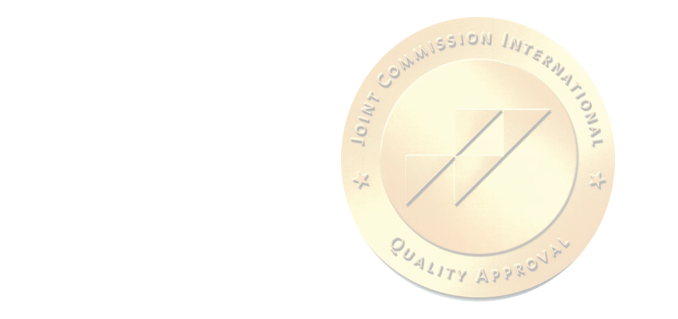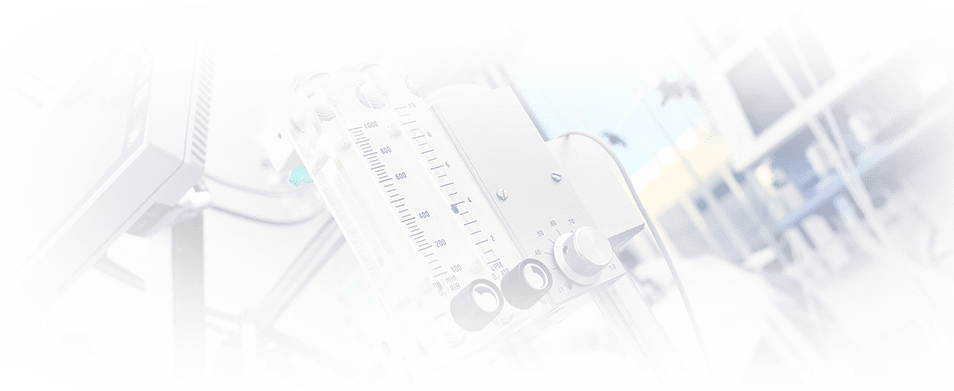The topic of nuclear medicine is discussed at the highest level.
The fight between good and evil method
"Healthcare". Appendix No. 189 dated 16.10.2018, page 22
The topic of nuclear medicine is discussed at the highest level. According to experts, this very industry is today the locomotive of the development of healthcare throughout the world.
The possibilities and prospects of nuclear medicine were understood by Soviet scientists and practitioners. The domestic nuclear medicine, which began to develop in the 1970s, was "ahead of the rest of the planet" until the early 1990s. In the USSR, there were 650 laboratories for radionuclide diagnostics, 20 departments of radionuclide therapy with 2 thousand beds. More than 80% of isotope products produced by Soviet enterprises were consumed domestically and purchased for therapy and diagnostics by the USSR Ministry of Health. Thus, the needs of more than 600 medical institutions were fully met. The fall of the industry during the perestroika years and further stagnation caused it serious damage, but the experience of recent years makes it possible to speak of its gradual revival.
Two in one
Therapy and diagnostics in nuclear medicine are so connected that there is even such a thing as "theranostics". As experts explain, when diagnosing with the help of a radioactive label, you can see molecular targets, and radionuclide therapy allows you not only to see, but also to influence them. "Radionuclide diagnostics in Russia is used for some thyroid diseases, nephrological and cardiological diseases, but oncology accounts for 90%," says Grigory Roitberg, Academician of the Russian Academy of Sciences, President of OJSC "Medicine". Research has shown that the use of radionuclide diagnostics techniques allows for 15-20% increase the number of diagnoses made at early stages, increase the number of detected cases of cardiovascular diseases by 30-40% and reduce mortality from cancer by 5-30%.
According to Academician Roitberg, radionuclide therapy consists in the use of radiopharmaceuticals (RFP) introduced into the patient's body (orally, intravenously, intracavitary or interstitial), which act directly on pathological foci. Targeted delivery of RFP allows the formation of very high absorbed doses (up to several hundred Gy) in the foci with minimal damage to normal tissues and minor side effects.
“It happens that it is impossible to cure cancer patients, but each of the methods gives a new impulse to extend their life by several years and improves its quality,” says Grigory Roitberg. “Therefore, for the first time, a full-fledged department of radionuclide therapy ".
Cure incurable
Recently, more and more often you can hear about new drugs and methods of treating diseases that only yesterday seemed incurable. First of all, cancer, which ranks second among the causes of death in Russia and in the world. But in the case of radionuclide therapy, the results are truly stunning.
Head of the Department of Radiosurgical Treatment with Open Radionuclides, Medical Radiological Scientific Center (MRRC) AF Tsyba, Doctor of Medical Sciences Valery Krylov, showed us several "case histories" consisting of literally two X-ray images - the so-called scintigraphy. On the first of each pair, the patient's organs literally glow - the defeat is so great. On the second, there is no glow at all. Other than a miracle, such cases cannot be called.
It is interesting that one of the reasons for the radical improvement in the situation with the treatment of patients in the country with the help of radiology is the change in regulatory documents. New radiation safety rules adopted in 2009 made it possible not to keep patients in closed wards for several weeks after the administration of isotopes, but to let them go home after a maximum of two to three days. “When I started working here in 1985-1986, 350 people were treated per year on 30 beds by 4 doctors and 4 researchers. Now, with the same number of specialists, about 3 thousand,” says Valery Krylov. For a long time, its department was the only one in the country and is still the largest: about 40% of those in need receive treatment here. In addition to the MRRC them. AF Tsyba patients are received by the Russian Scientific Center for X-ray Radiology, the Clinic of Radiology and the Endocrinological Scientific Center in Moscow, the Semashko Northern Medical Clinical Center in Arkhangelsk and the Federal Siberian Clinical Scientific Center in Krasnoyarsk, as well as oncologic dispensaries in Kazan, Tyumen and Chelyabinsk. p>
Nuclear attack
What are being treated and what arsenal do Russian doctors have? The main directions in the treatment of cancer patients using radionuclide therapy are breast, thyroid and prostate cancer. For domestic specialists, achievements in the treatment of patients with bone metastases are a matter of special pride. This direction in the city of Obninsk began to develop more than 20 years ago, and it turned out that this method, developed to suppress pain, can increase patient survival.
“For the treatment of patients with bone metastases, two Russian registered radiopharmaceuticals are used - samarium oxabifor (Sm-153) and strontium chloride (Sr-89),” says Valery Krylov. “Two more new and very promising domestic radiopharmaceuticals based on generator rhenium (Re -188) - phosphoric and zolerene - have undergone clinical trials. And one foreign drug - radium dichloride (Ra-223), which occupies a special place in the series of osteotropic RP ".
However, it is extremely important to take into account the "reverse side of the coin" - the toxic effect of radiopharmaceuticals on the bone marrow, especially after their repeated administration. Here, the leader in efficiency and safety is radium dichloride (Ra-223). In large international studies of this drug, an increase in the survival rate of patients with castration-resistant prostate cancer with bone metastases was shown for the first time. “We have participated in international clinical trials of this drug and have seen with our own eyes results that are sometimes surprising in efficiency. And now we are using it in practice,” says Valery Krylov. Scientists believe that the potential of the drug is much wider, although radium is registered worldwide only for patients with castration-resistant prostate cancer. Working with other RPs - samarium or strontium - shows that the response of patients with breast cancer to radionuclide therapy is much higher. Accordingly, this drug in the future can be used in the treatment of breast cancer with metastases to the bone tissue. And this is very important, since radium has a unique energy distribution with good return to nearby cells, with practically no damage to the bone marrow.
As you know, Russia is the world leader in the production of isotopes used in medicine, but we have only four ready-made therapeutic radiopharmaceuticals. However, doctors do not lose hope of their return to routine practice, since a number of drugs with therapeutic properties are used in diagnostic methods, and two new drugs based on rhenium have already undergone clinical trials. "The use of the enormous potential of the domestic nuclear industry, the creation of new diagnostic and therapeutic radiopharmaceuticals, modern hardware for recording radiation, the development of mathematical and computer methods for processing the information received is our real opportunity not only for import substitution, but also for gaining new positions in the world market of advanced highly efficient nuclear technologies. and radiation medicine ", - says Academician of the Russian Academy of Sciences, Director General of the National Medical Research Center of Radiology of the Ministry of Health of the Russian Federation Andrey Kaprin.
There are many new radiopharmaceuticals on the way, including domestic ones (in the practice of Russian scientists, there are even cases when their developments on several radiopharmaceuticals formed the basis of foreign studies). Also, at the Ural PA "Mayak" a domestic gamma apparatus is being successfully developed - this technology was lost in the 1990s. In addition, Mayak is ready to join the program for recharging existing domestic and imported gamma devices. However, according to many experts, such a boom, which is now happening everywhere in the field of nuclear medicine (new radiopharmaceuticals for diagnostics and treatment appear in the world every year, there are already hundreds of them), has not yet been observed in our country.
Doctors associate the future of the industry with the need for serious funding, which will enable the development of domestic science and practice and will facilitate the arrival of the best foreign technologies in the country, which will reduce the outflow of patients abroad. Valery Krylov calls oncological diseases and their treatment with the help of nuclear medicine "the struggle between good and evil," where cancer cells personify evil, advance and conquer new territories, and drugs are trying to win them back. "It is quite obvious that intervention with the help of radionuclide therapy can affect not only the course of this struggle, but also its outcome in a number of cases - up to complete victory," says Valery Krylov.
Alena Zhukova





